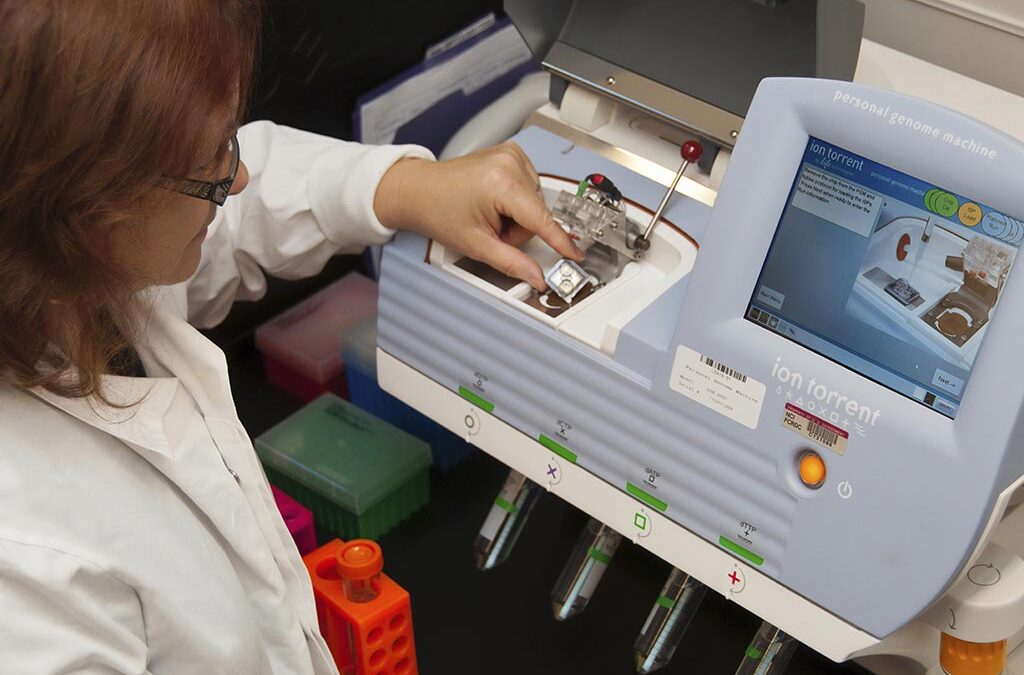- Same Day Appointments Available
- 702-843-6629
Why is diagnostic testing essential?

What do you need to know about chronic diseases?
September 29, 2021
The benefits of annual exams you need to know
November 3, 2021You or someone you know has headaches, coughs, feels tired and doesn’t smell food. The first thing is to take a test. Diagnostic testing has become an essential part of treatment or preventing diseases. Recognizing what the health issue is almost impossible without them.
Southern Nevada Family Medicine introduces the importance of diagnostic testing and mentions some of the common ones so you can get familiar with the benefits.
Why do you need diagnostic testing?
Diagnostic testing reveals symptoms and indicators used to guide medical examination, including imaging, biochemical, pathologic, and psychological evaluations.
There aren’t many tests out there that can tell you whether or not you have an illness. In most cases, diagnostic testing is used to look for, diagnose, and keep track of disease symptoms and progression.
The best use of diagnostic testing requires doctors to understand how the outcomes of the tests affect the probability that a disease is present. It is essential that diagnostic tests are capable of changing the pre-test likelihood of disease into a post-test likelihood that is more certain. In order to arrive at a sufficiently high probability of disease, diagnostic testing should follow a logical sequence that either confirms the diagnosis or excludes it.
For many diseases, a false diagnosis has a high potential to be catastrophic; post-test probability thresholds should be low, while for diseases where establishing a false diagnosis has a high potential for disaster, post-test probability thresholds should be high. Because the consequences of missing an MI and sending the patient home are dire if the individual has a suspected myocardial infarction (MI), physicians require a combination of test results with an extremely low post-test probability (2%). But when it comes to making a MI diagnosis, doctors require a high post-test probability because the treatment (thrombolytic therapy, invasive methods) and prognosis (life expectancy) can have major effects.
The clinician’s consideration of the presence of disease is typically provoked by aspects of the patient’s history and physical examination. The diagnostician’s expertise and knowledge base, the disease’s frequency, and the clinical importance of establishing or rejecting a diagnosis are all important factors to consider when making a diagnosis or refuting.
In vitro diagnostic tests are required at every stage for diagnosis, monitoring, screening, and prognosis.
Diagnosis
Diagnosis- For medical professionals, diagnosing someone is the process of discovering whether or not they are suffering from a certain ailment. To make a diagnosis or cross out any underlying health issues, a doctor will order testing.
Treatment for the diagnosed ailment will be implemented in the first situation, while more diagnostic tests must be conducted in the second. For some disorders, it’s critical to understand both the ailment’s nature and its stage of development at the same time. When treating patients, doctors should know where they are at in the disease process and be able to spot changes that indicate progress or relapse. Additionally, diagnostic tests allow physicians to determine whether or not the chosen medication is helpful in slowing or stopping the development of the disease, a strategy that has already been widely used in curing cancer.
Monitoring
Monitoring- Chronic disorders like diabetes frequently use monitoring to determine whether or not the disease is under control. Although drugs, hormones, or dietary modifications might help patients avoid growing worse, chronic diseases cannot be cured. Such disorders can be controlled thanks to monitoring.
Screening
Screening is used in order to find out if a disease has silently developed and, if so, to administer treatment as soon as feasible. Screening involves studying patients who do not yet display any signs or symptoms of a certain condition. For this reason, the tests should be straightforward and inexpensive to administer to a large number of people. Rather than diagnosing a disease, their major objective is the identification of individuals who may be affected by it.
Prognosis
Prognosis- it is possible for doctors to predict if a patient will get sick in the future, which allows them to take preventative measures sooner rather than later. Using genetic tests, a patient’s risk of acquiring a disease can be determined, which allows the patient and doctor to be more proactive in spotting symptoms and taking preventive steps when necessary.
Diagnostic tests serve a variety of objectives, but it’s critical to remember that they don’t treat or cure people or illnesses; rather, they’re a necessary first step in those directions. They don’t have to touch the patient because all they require is a sample from them to get their results. These findings have a substantial and critical impact on healthcare decisions, but they also rely on a medical practitioner’s accurate judgment and suitable treatment selection. In vitro diagnostic tests act as a guide, offering vital information about one’s health and the care that goes along with it.
Why Is Diagnostic Testing Important?
To establish effective treatment plans for their patients, doctors must have access to accurate and efficient diagnostic procedures in order to do so. The World Health Organization (WHO) has established 113 important diagnostic tests that doctors hope will assist improve diagnostic outcomes and, as a result, therapy.
Many of us wait until our symptoms are unbearable before visiting the doctor as an indication that something is wrong with our bodies. The typical cold or sprained ankle may appear harmless, but this is not always the case. In fact, some illnesses can be deadly if they are not treated properly.
What Are Examples of Diagnostic Tests?
Here are some of the common diagnostic tests and how they will help you:
Complete Blood Count (CBC)
There are many different types of blood tests that can be used to determine if a patient has an infection or if other factors are to blame for their symptoms, but the most common is a complete blood count (CBC). It looks at fifteen different blood test results to get a comprehensive picture of their health.
Comprehensive Metabolic Panel (CMP)
This blood test offers information on 14 different aspects of the patient’s current metabolism, including:
- Kidney and liver function
- Electrolyte
- Protein
- Blood glucose levels
- Acidity/alkalinity
It’s similar to a complete blood count (CBC).
X-Ray
Radiation from X-ray equipment is focused on a specific body area to capture an image that displays changes in tissue density at low doses. Diagnosing problems with arms, legs, chest, and occasionally the spine and abdomen frequently begins with an X-ray, which is the most well-known form of diagnostic imaging.
Computer Tomography (CT)
Cross-sectional images of bones, soft tissues, blood vessels, and other internal structures are produced using CT scans, a more advanced and detailed version of x-rays. A narrow x-ray beam is sent through the body and into an x-ray detector located right across from the x-ray source in order for these machines to work. Internal injuries, fractures, and otherwise asymptomatic tumor growth are all diagnosed using CT scans.
Magnetic Resonance Imaging (MRI)
Magnetic resonance imaging (MRI) is a very advanced imaging technology that employs magnetic and radio waves to obtain incredibly detailed images of inside organs and soft tissues without the use of radiation.
Brain and spinal cord abnormalities, such as malignancies, are best detected with MRI scans, which are now the standard method for this task. The place you go for taking your MRI is very important because the hands of professionals should do it and the imaging equipment is also important. If the equipment is old, they won’t be able to take accurate MRI pictures, resulting in a false diagnosis of your current health issues. So please be careful in choosing the right place for taking these pictures.
Diagnostic testing in Las Vegas
Diagnostic testing helps to reduce the risk of diseases or help to control the damages. As explained, there are different tests, each one serving a different purpose. Southern Nevada Family Medicine provides different tests and screens to promote your health. Give us a call at (702) 843-6629 to receive further information and reserve the test.




